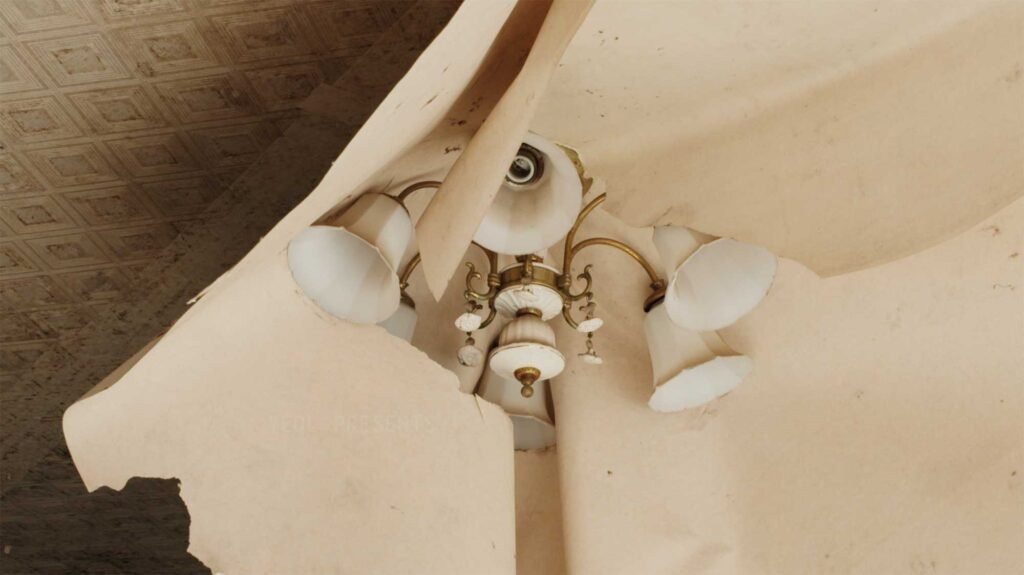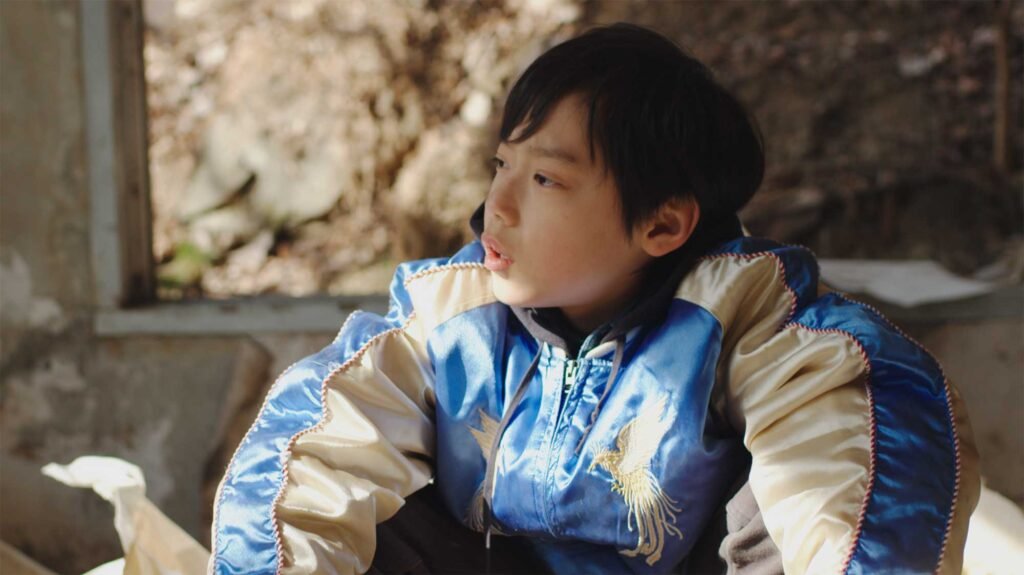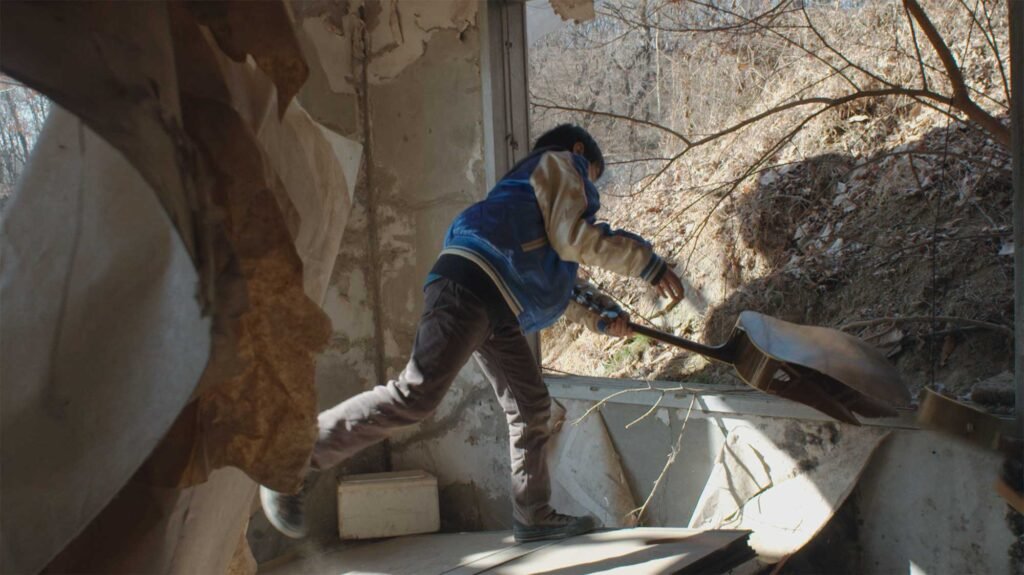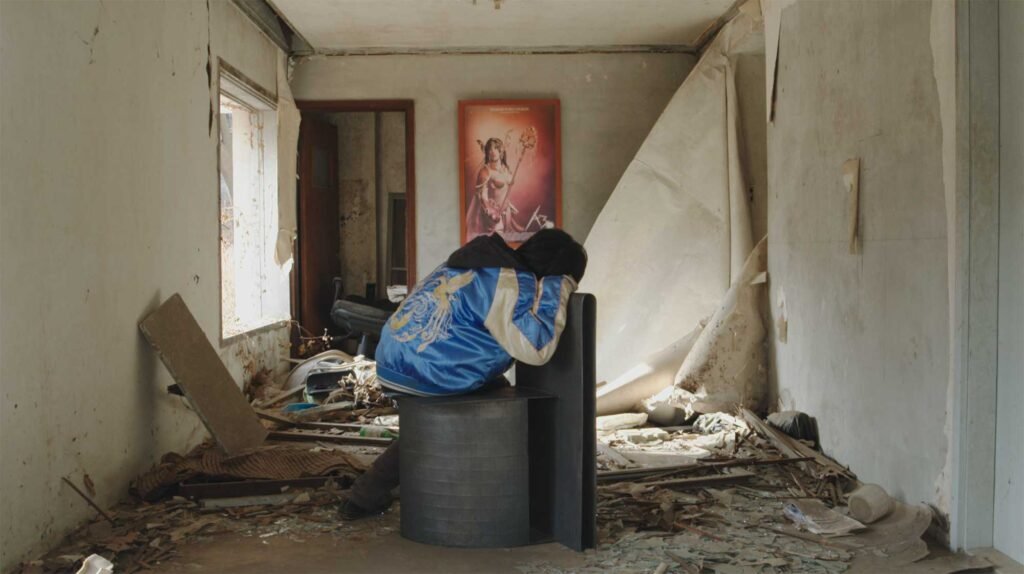Translating Furniture: Artist Documentary on Kwangho Lee featured on infamous film blog Directors Notes
In the spotlight of the film industry, the blog DIRECTORS NOTES has intricately explored the documentary ‘Translating Furniture.’ This cinematic venture delves into the artistic realm of Korean craftsman Kwangho Lee. Lee was the recipient of the YÉOL Young Craftsman Award 2013. Nils Clauss and Adam Hobbs, the creative minds behind this project, share insights into the collaboration that brings Kwangho’s work to life. For a detailed account, refer to the original article on DIRECTORS NOTES here.
A Vision for Traditional Craftsmanship
YÉOL, a bastion of cultural preservation, champions traditional craftsmanship through various initiatives. This includes the YÉOL Artisan of the Year and YÉOL Young Craftsman of the Year projects. Established in 2013, the latter specifically nurtures young talents like Kwangho Lee. YÉOL encourages artists like Lee to breathe new life into traditional crafts. Lee, a Metal Craftsman known for his chairs and stools in bronze, draws inspiration from Korean old armor made of paper with lacquer.
Crafting a Narrative Beyond Conventions
The journey of ‘Translating Furniture‘ wasn’t about creating a conventional artist documentary. The filmmakers, breaking free from the norms, conceptualized an immersive experience. Kwangho Lee, not keen on traditional studio settings, embraced the idea of extracting his furniture from its original context. The raw texture of lacquer sparked the question—could the furniture find a new narrative in unconventional surroundings?
The Enigmatic Setting
Nils Clauss, doubling as a filmmaker and photographer, drew inspiration from his 2009 photo series Zugzwang capturing interiors in Seoul’s construction areas. Abandoned houses, on the verge of demolition, became the canvas for Kwangho Lee’s furniture. One such location, an abandoned house in the North-Western part of Seoul, added an unexpected layer to the project. Once the residence of a notorious serial killer, the site resonated with eerie history, further enhancing the film’s depth.
Capturing Innocence Amidst Horror
Shooting without permits, the filmmakers navigated challenges to preserve the purity of their vision. Actor Yoonbin, selected for his authenticity and playful spirit, embodied the transition from childhood to adolescence. The cinematic journey, shot on a Sony F3, unfolded organically, capturing highlight details and shadows with precision. The absence of additional lighting allowed the natural sunlight to infuse warmth into the interior spaces.
Crafting a Cinematic Symphony
As cinematographers by trade, Nils Clauss and Adam Hobbs seamlessly transitioned between roles as directors and DOPs during production. The collaborative process, deeply organic, resulted in a film that showcased Kwangho Lee’s craftsmanship in a visually stunning narrative. The film’s scale demanded a camera with dynamic range, and the Sony F3 delivered, recording every nuance in ProRes HQ 444.
Explore the purity of Kwangho Lee’s artistry, the unconventional settings, and the cinematic journey in ‘Translating Furniture.’ Join Nils Clauss and Adam Hobbs in this captivating exploration of innocence, craftsmanship, and the unique history embedded in Seoul, South Korea.




